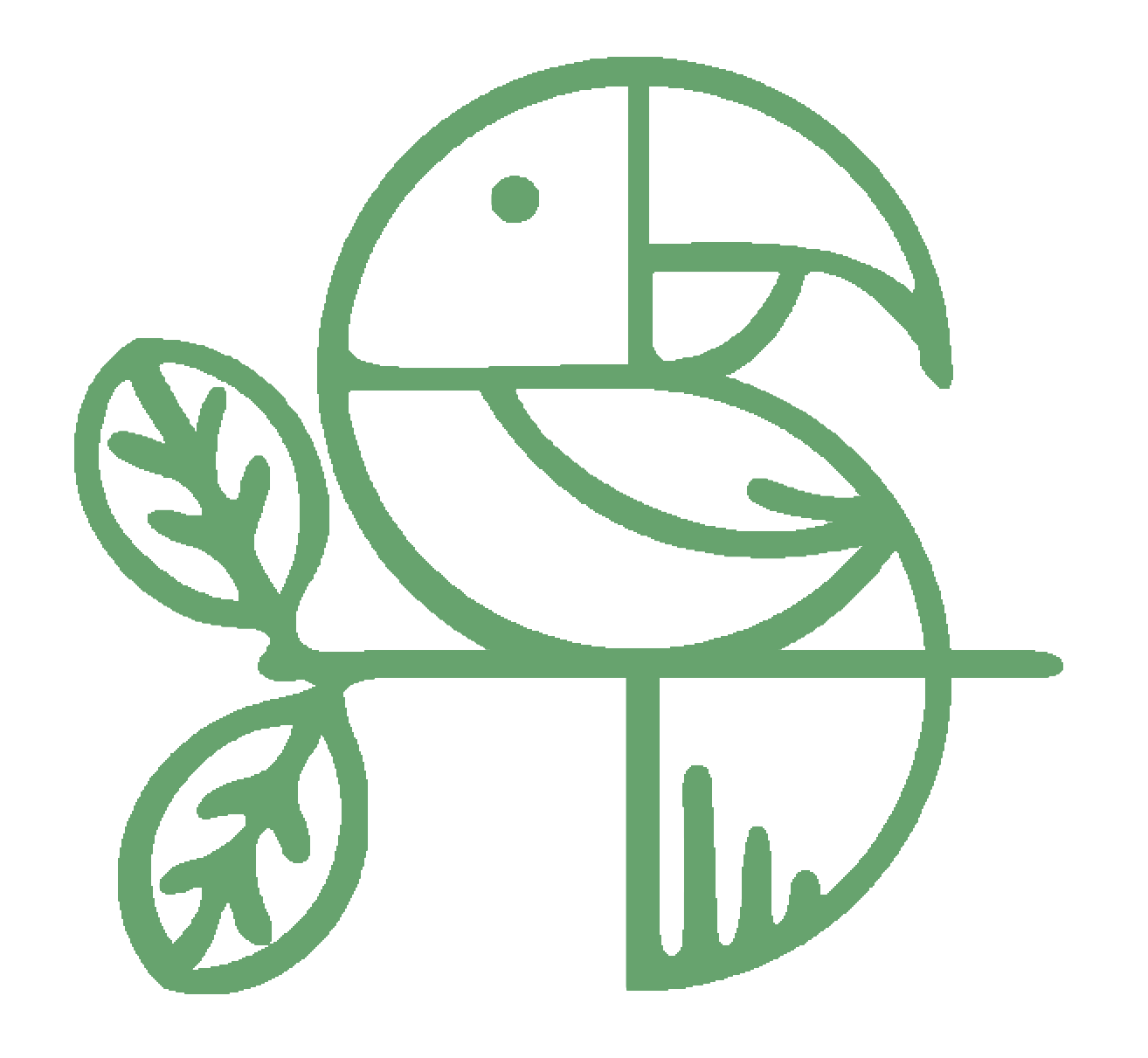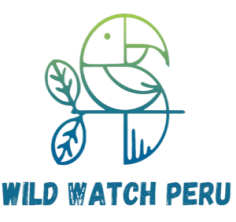Manu National Park in Peru
A UNESCO World Heritage Site in Peru
Located in the southeastern region of Peru, Manu National Park is one of the most biodiverse and protected areas on the planet. This UNESCO World Heritage Site is a must-visit destination for nature lovers, wildlife enthusiasts, and adventure seekers.
About Manu National Park
Manu National Park is situated in the Amazon rainforest, covering an area of over 1.7 million hectares. The park is home to an incredible array of flora and fauna, including over 1,000 species of birds, 1,200 species of butterflies, and 200 species of mammals.
Wildlife and Biodiversity
Manu National Park is a wildlife enthusiast’s paradise. The park is home to iconic species such as the jaguar, puma, and spectacled bear. Visitors can also spot a variety of bird species, including macaws, parrots, and toucans.
Indigenous Communities
Manu National Park is also home to several indigenous communities, including the Matsiguenka and the Amarakaeri. These communities have lived in harmony with the forest for centuries, and visitors can learn about their traditional way of life and culture.
Tourism and Conservation
Manu National Park is a protected area, and tourism is carefully managed to ensure the conservation of the park’s natural resources. Visitors can explore the park with licensed guides and tour operators, who provide a safe and responsible tourism experience.
Things to Do in Manu National Park
Visitors to Manu National Park can enjoy a range of activities, including:
– Wildlife spotting and birdwatching
– Hiking and trekking through the forest
– Visiting indigenous communities and learning about their culture
– Staying in eco-lodges and experiencing the park’s natural beauty
Getting There
Manu National Park is located in a remote area of Peru, and visitors typically fly into Lima and then take a domestic flight to Puerto Maldonado. From there, visitors can take a boat or bus to the park’s entrance.
Manu National Park facts

Manu Biosphere Reserve Zones (whole area)
Nowadays have been some modifications within the protected area legally established in the core area (Manu National Park – SERNANP), which has motivated the effort to work on an update both in the zoning of the Reserve and to propose a possible expansion of it, with the interest of involving and benefiting a greater number of populations, as well as to expand its sphere of influence, with the aim of integrating new populations and consolidating a sustainable development model, according to the UNESCO’s guidelines for conservation, research, and development. Here the tourism plays an important role, in fact, the private tourist enterprises represent a key of development for the natural and cultural value and strategic for the purpose of Reserve.
Manu National Park – Biodiversity Records
Manu Reserved Zone vs Cultural Zone.
These 2 zones belong and are integrated into the Manu Biosphere Reserve which is the proper name to the entire Biosphere Reserve beside the Cultural Zone or buffers Zone it’s the zone that is adjacent and surrounding the Manu National Park or Reserved Zone, one objective of the buffer zone of the parks is to reduces the pressure from humans activities, in fact, the territory at the Buffer Zone it’s also known as the Cultural Zone where most of the short guided tours are lead in our programs of 3 days so the longer trips usually go to the Manu Reserved Zone of the Manu Park that demands at least 6 days to travel as a minimum.
Here some differences between the Reserved zone in contrast to the Cultural Zone of Manu. Never-the-less, it would be worth adding a few days to your program while you’re here. To explore the wilderness and all Manu has to offer, let’s get a closer view so the blue patch is the Cultural zone while the orange patch is the reserved zone, (map created on google my maps its can enlarge to see in details)
What makes it different from visiting the Manu Reserved Zone?
- Reserve Zone tours generally range from 5 to 8 days. All tours start with overland transport from Cusco over the mountains and the cloud forest. Guadalupe Lodge at the base of the cloud forest is where you will spend the first night. However, some tours designed for the Manu reserved zone skip the cloud forest and cultural zone. This is only on the first day of travel. This in order to give more time, in the reserved zone section.
- When visiting the Manu Reserve Zone, you will be accommodated in the lodges which can only be accessed by motorboat. This passes by the Limonal Ranger Station Control.
- Due to the location, there is much more wildlife at the Reserved Zone. Larger predators inhabit these areas, surrounded by pristine forests. (Jaguar, Anaconda, Black caymans, giant river otters.)
- The government protects these rainforests which lay under the reserved zone. Because of this, there is not much human intrusion from the outside world. This is in terms of preservation and most importantly protection.
- Tours going to the reserved zone implies more staff in operation, so that would include; tour guides, cooks, motorboat drivers, and assistances accompanying the group. Weather conditions are similar in both areas. The temperature is especially warmer in the reserved zone at a lower elevation. The cultural zone’s temperate forest due to its proximity to the cloud forest. The rainfall likely the same in both areas.
Activities & attractions inside the Touristic / Reserved Zone of Manu
The reserved zone is a term used to refer to the location inside the Manu Park, it comprises Limonal Ranger Station at the lower Manu basin. Near to the confluence with the Alto Madre de Dios river towards Pakitza Ranger station. The following activities are exclusive of our reserved zone (up 6 days tour program)
-
Salvador Oxbow lake
One of the most favorite spots for nature lovers, wildlife enthusiasts, photographers, birders. Even for the guides, to explore this quiet environment by paddled catamarans (motorboats are prohibited). On these boats are great ways to certainly observe; giant river otters, large black caimans, aquatic birds, emperor tamarin, and even pygmy marmoset. It is a great location to catch amazing sunrises and sunsets. However, the visits to the lake are subject to scheduled times (around 2 hours for each group). The tour guides request admittance while registering at the Limonal Ranger Station.
· The Canopy tower at the Otorongo Oxbow Lake.
A metal tower aside from the lake, the canopy tower welcomes you the chance to capture and take in the stunning views of this wonderful section of untouched rainforest. This bird’s eye view experience is something that you would never usually encounter while exploring the forest at ground level. Winding through the trail networks, to the dock, and up the tower allow you to see; aquatic birds, caimans, and giant river otters. The lake is not open to navigation.
· Trail Exploration in the Pristine Forest
There are at least 2 major types of primary forest you will be able to explore from Varzea, known as the seasonally flooded forest (in the high water season). Other trails you will navigate take you through Terra Firme Forest, a forest that is the habitat for the Brazil Nut (Bertholletia excelsa). Each forest and trail you pass through holds a unique wildlife collection and forest contrast. The only human intrusion to this forest was during the time of The Amazonian rubber boom. This didn’t last too long, to which most of the forest remains intact.
· Macaw Clay Licks
Nearby Casa Matsiguenka you can visit the Macaw Clay Lick that attracts parakeets, parrots, and large macaws. At any time during the morning parakeets congregate and start to gather to eat the clay. This is an important part of their diet. This activity is only available during the dry season and dependent on a few other factors. The second accessible clay licks are located in the vicinity of the Limonal ranger station. Both attract medium-sized macaws, parrots, and much more parakeets.
The Maizal Clay lick i’s probably the best one to visit, in terms of large macaws that are abundant but currently lack any infrastructure. It’s located in the Intangible Manu Area (further up of Pakitza) But yet prohibited for tourists to explore that far. Besides the mentioned clay lick the Blanquillo it’s fabled as the most visited and is located beyond the Park, in the lower Madre de Dios Basin.
· Boat navigation along the Manu River
The boat navigation itself along the Manu River is one of the highlights of these excursions. Here is a place like no other. In these spots, the chances of encountering a wildcat are heightened. Catch a glimpse of jaguars, and big mammals (Tapirs, Capybaras). Not to mention the large caimans that can be seen lounging on the river banks. Through animal monitoring, most wildlife is reported in its prime during the dry season.
The weather also plays a key role to perform good wildlife sightings. The recommended times to venture for navigation would be early in the morning or late in the afternoon. This is also the perfect time for exploring the river after heavy rain at any time or when friajes (cold fronts) are gone.
-
Tours hosted at the exclusive Casa Matsiguenka
Most of the tour-designed programs that go and stay at Casa Matsiguenka (the core of the park) require a minimum of a week of traveling by ground from Cusco and river transport from Atalaya or Shipeteari Port.
The location of the Casa Matsiguenka plays an important role in achieving a real experience in the wilderness and accomplish in visiting the most natural attractions inside the Park. The Lodge is a luxury area to say you are in the Amazon. Well situated on the left side of the Manu River. Each bungalow has two beds with mosquito netting. Shared bathroom facilities are in a separate building. We generate our electricity with solar panels. There is also a separate building with a kitchen and a small dining room. On top of that, the people who run this lodge are Matsiguenka Natives, which makes it different from the other lodge management in the Southern Amazon Rainforest.
-
Larger Kapok Trees
Now, these trees are impressive. Kapok trees are much larger in the whole Manu Basin. There is one along the trail that goes to Otorongo Owbox Lake. However, there are few giant trees in the vicinity of Machuwasy Lake (Cultural Zone)
This express tour takes you into the Real Amazon experience. Divulge yourself with the monkeys, brightly colored birds, and creatures that live here. To be able to witness a part of nature that is on the decline. Travel through the wilderness, to the unseen locations we have to offer.
The orange patch traverse the zone knows as the touristic zone formerly called a reserved zone, that goes along the lower Manu river towards its confluence to the Madre de Dios River nearby the Boca Manu village
Manu Cultural Zone Features
-
- Contrary to the Reserve Zone. Tours designed only for the Cultural Zone of Manu National Park, do not enter the Reserved area.
- Most of the Cultural Zone or Buffers Zone is adjacent to the park and supports most of the pressure from human activities. The cultural zone has unquestionably a vital role to play. It literally acts as the shield that protects the park from outside pressure.
- Mosquitos along the cultural Zone aren’t a big problem except during dusk and during night-time. There is much more to deal with if going into the Manu Reserved Zone.
- Short guided tours of 3, 4, and 5 days only go to the edge of the park or cultural zone. The journey is the same as a transect from the Andes, Cloud forest to the tropical rainforest of 500 meters in elevation. So you don’t get much of a feel for the lowland rainforest on short tours.
- If you take a tour into the Reserved Zone, you should be accompanied by a registered tour operator and licensed guide. (Authorisation and tickets are requested at the Limonal Ranger Station). However, the Cultural Zone is easy to explore independently. (Registration or tickets are not needed when to enter this entire zone.) It is more than advisable to hire a local guide to visit the stunning attractions.
The blue patch traverse the zone knows as the cultural zone, that goes along the Manu road and adjacent to the Alto Madre de Dios River basin. Comprising the area from the Acjanacu pass still in the high andean mountains towards the lower Madre de Dios River basin
Click below and download the Manu National Park in Peru Map





